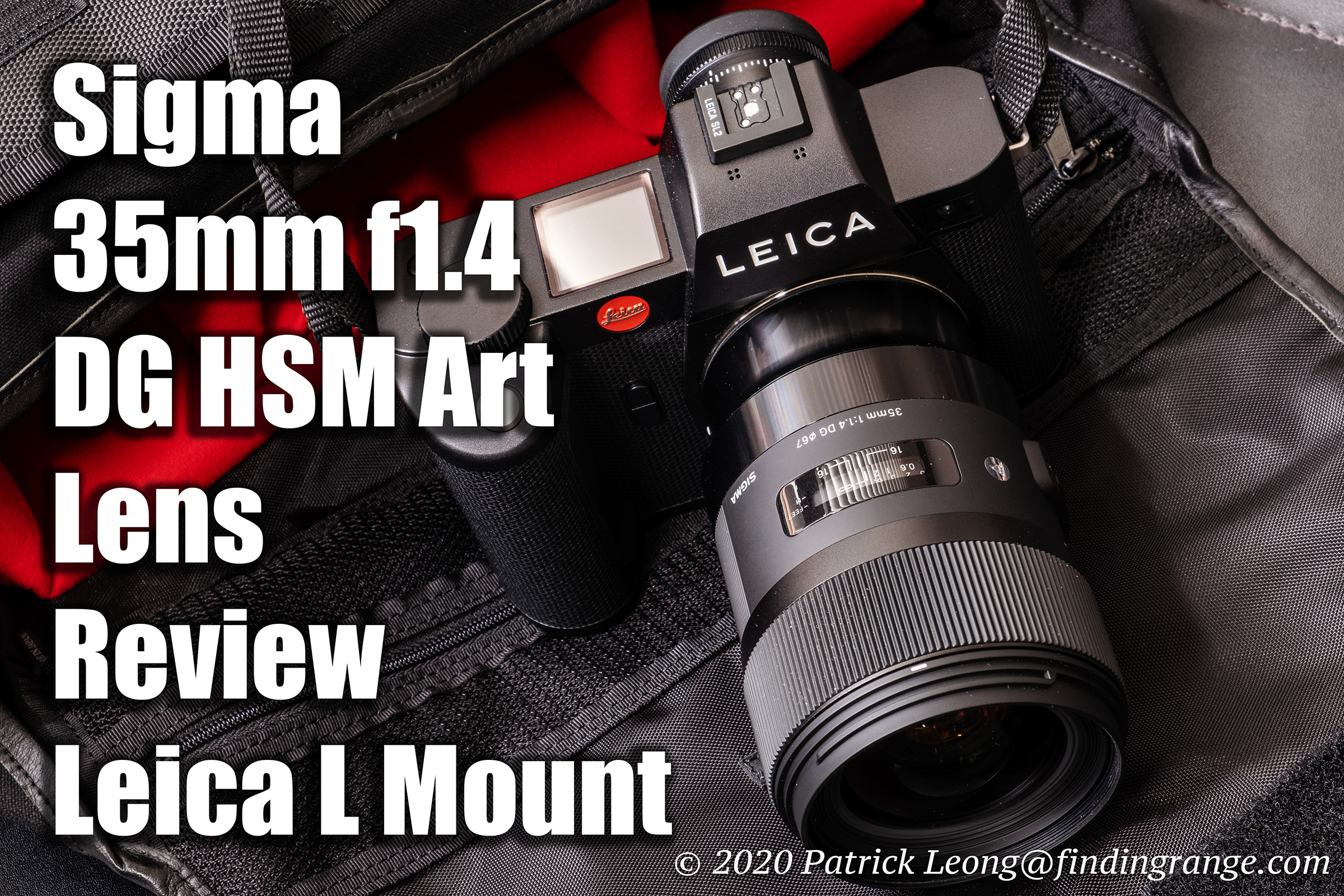Sigma 35mm f1.4 DG HSM Art Lens Review Leica L Mount:
The 35mm lens is one of the most popular focal lengths with good reason. It’s great for many types of photography from street work, landscape to environmental portraiture. I have to admit, the 35mm isn’t my favorite focal length but I can not deny its extreme versatility. With all that said, I had the opportunity to review the Sigma 35mm f1.4 DG HSM Art lens for the Leica L Mount. Here’s what I thought of it.
Sigma 35mm f1.4 DG HSM Art Lens Build Quality:
Let’s start off with the build, which is excellent. The 35mm f1.4 is an Art lens, so you can expect that it will be built for professional use. The lens is made from a combination of metal and TSC (Thermally Stable Composite), which according to Sigma, is a first in the industry. TSC is extremely hard, and since it offers minimal thermal shrinkage, it matches great with the metal parts in the lens. To top it off, the 35mm f1.4 DG HSM Art lens comes with a brass bayonet mount as well. Of course, thanks to rubber sealing, the lens is also splash and dust resistant. Bottom line is the Sigma 35mm f1.4 feels very solid, and sturdy. There are absolutely no signs of inferior parts or build. I’ve been using this lens on the Leica SL2, and it’s a fantastic match for it.
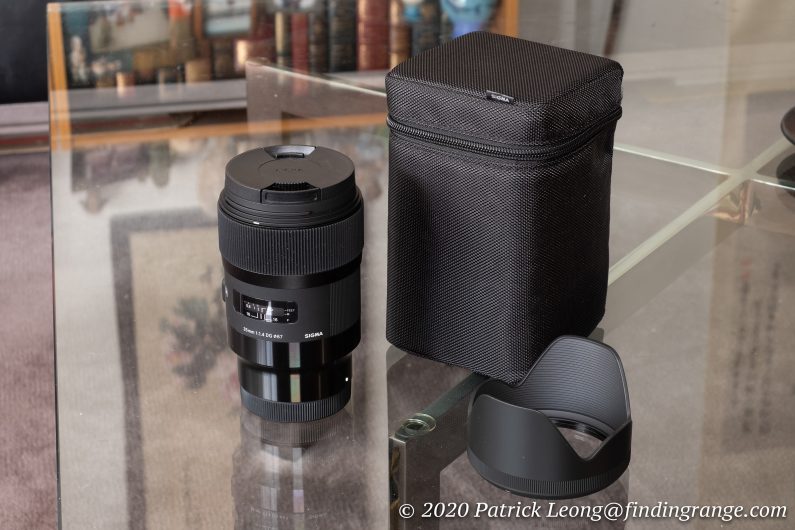
↑ This is what is included with the Sigma 35mm f1.2 DG DN Art Lens.
As for ergonomics, the lens isn’t too bad to carry around all day as well. In terms of weight, it comes in at 755 g. I know, that doesn’t exactly sound ultra light but this lens comes with quality parts, and its max aperture is f1.4. Also, it compares favorably to its competition in terms of size and weight. Furthermore, it’s a lot lighter, and smaller than the Sigma 35mm f1.2 DG DN Art Lens, while only losing less than a stop in terms of speed (I also reviewed the 35mm f1.2 here). I love the 35mm f1.2; it’s probably my favorite 35mm for the SL2 right now but it is not as easy of a lens to carry around all day. The 35mm f1.4 is a lot more manageable.
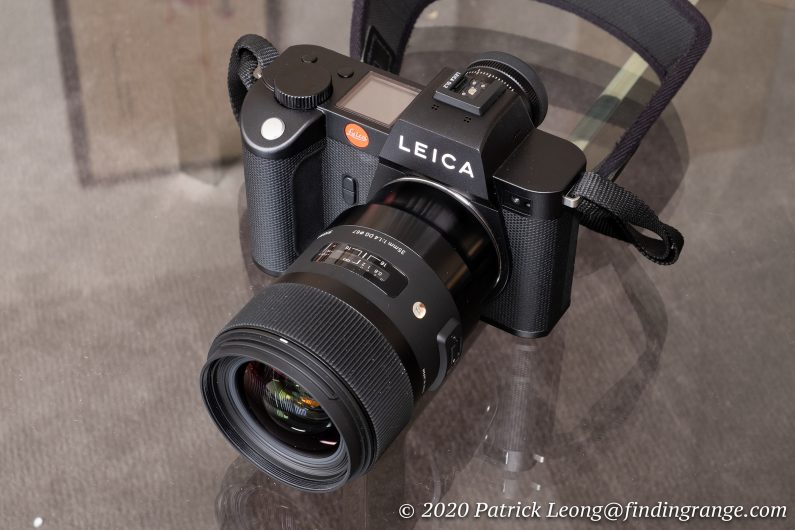
↑ The Leica SL2 with the Sigma 35mm f1.4 attached.
In fact, the 35m f1.4 feels very similar, in terms of size and weight, to the Leica APO-Summicron-SL lenses. I do not own the APO-Summicron-SL 35mm f2 ASPH but I do have the 90mm SL; if I remember correctly, they use the same barrel, so below is a picture of my 90mm SL next to the 35mm f1.4 DG HSM Art lens for comparison sake. As you can see, they’re very close in size. They even use the same 67mm filter thread yet with the Sigma, you’re gaining an extra stop over the 35mm SL lens. The 35mm SL lens weighs 750 g, so it’s also nearly identical to the Sigma’s weight.
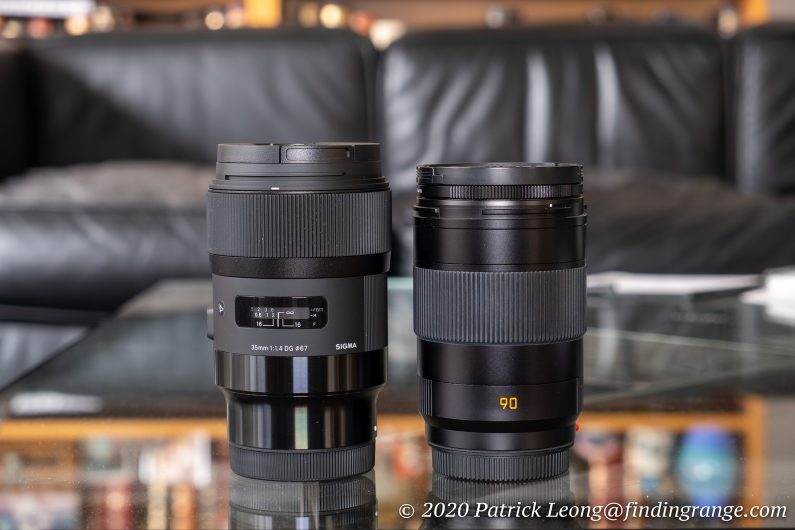
↑ The Sigma 35mm f1.4 DG HSM Art lens vs. the APO-Summicron-SL 90mm f2 ASPH.
Furthermore, the 35mm f1.4’s price is quite reasonable. It goes for $899, and there’s a current rebate knocking the price down further to $799. The APO-Summicron-SL 35mm currently retails for $5,095. The Leica version is superb; there’s no question about it but as you will see later below, the Sigma also offers a lot, especially in the image quality department. This is an impressive lens, and the optics are every bit up to par with what you would expect from a pro lens. For a person like me, who does not use a 35mm much (in fact, the only 35mm lenses I’ve mounted since I’ve had my SL2 are only review samples), it’s extremely hard to justify spending over $5K for a lens, especially when the Sigma version already offers such fantastic image quality all while also giving me an extra stop in terms of lighting. Again, it’s also around the same size as the Summicron. But I’m not knocking the Summicron because like I said, it’s an excellent lens. All I’m saying is, we have a lot more choices now thanks to the L Mount Alliance.
As I said earlier, the 35mm f1.4 DG HSM Art lens gives me an extra stop, and that does mean a lot for me. I shoot with artificial lighting but I also do a lot of boudoir with available light, especially in darker, moodier rooms, and that extra stop can mean the difference between shooting at 6400 ISO instead of 12800 ISO. I’m old school; I always prefer to shoot in the lowest possible ISO.
So, the build is excellent overall, and to top it off, you also get a lens hood with it. However, I found no need for lens hood, so I left it at home for most of the time. I didn’t have any issues with flare under normal shooting conditions.
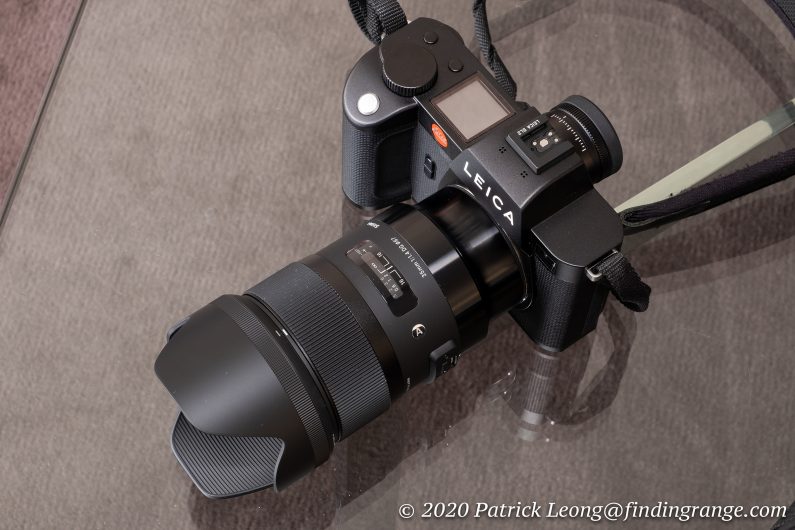
↑ Here’s a photo of the lens hood attached to the Sigma 35mm f1.4.
Sigma 35mm f1.4 DG HSM Art Lens Autofocus:
As for the autofocus, the 35mm f1.4 DG HSM Art lens uses a hypersonic motor. Overall, the autofocus is quick but it isn’t blazingly fast. I found it usable and decent; I didn’t have issues with hunting or lag. The lens is perfectly fine for street, for example, if you were thinking about using this lens for that type of photography. The face detection worked great with it. It’s also worth noting that the focusing is extremely quiet, and there’s full-time manual focus override.
The only issue I’ve encountered is when I put my Leica SL2 in AF-C mode. Then it has issues with focusing. I’m not sure if it’s a setting I need to change or what; I don’t usually do too many customizations to my camera’s system. It seems like a firmware upgrade is all that is needed.
With that said, I rarely even use this mode, so it doesn’t bother me. Like I said, maybe it’ll be fixed with firmware one day. This to me is not a deal breaker: the optical quality, build, max aperture, and price make this lens too good in my opinion.
Sigma 35mm f1.4 DG HSM Art Lens Image Quality:
Let’s take a look at the image quality now. From my testing, I found the 35mm f1.4 produces some truly superb images. The images are every bit what you would expect from an Art Series lens. These are all RAW files that I processed with Camera Raw in Photoshop CC.

↑ Artwork by: Ben Angotti (@angotti81), model: @emonibaraka, help: nysmclothing. The settings were f5.6 and 200 ISO.
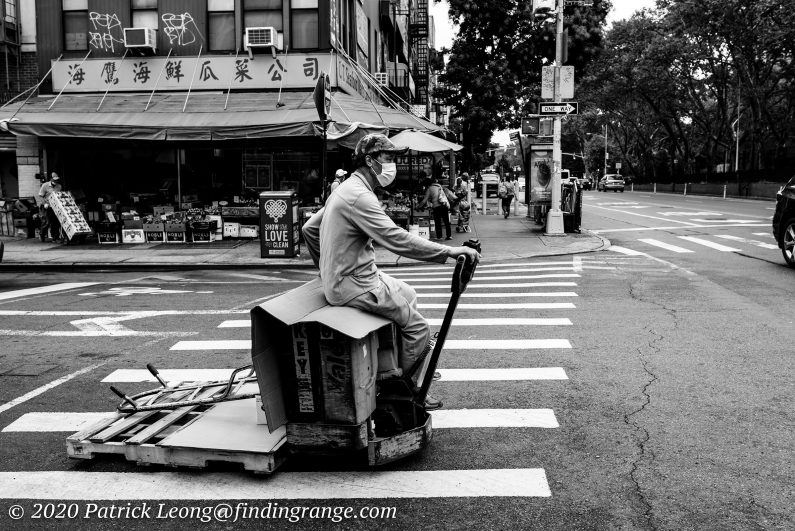
↑ This was taken at f5.6 using 320 ISO.
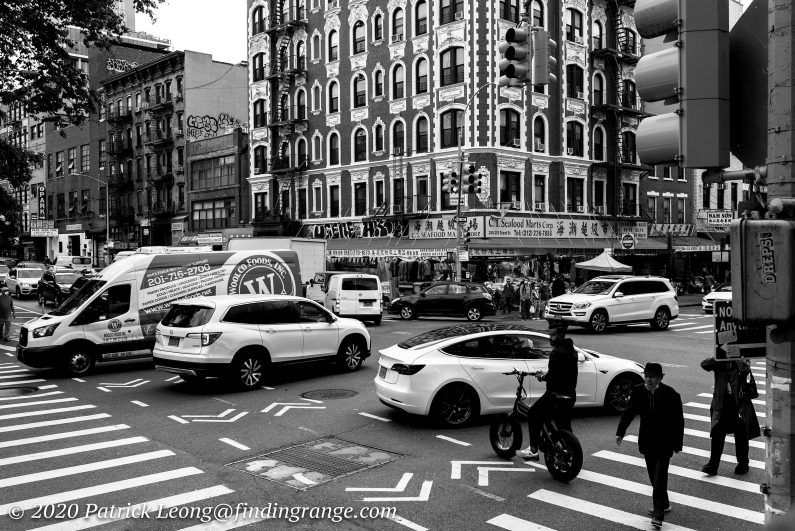
↑ This was taken with the Sigma 35mm f1.4 using 640 ISO. The lens set at f6.3.
First off, the 35mm f1.4 DG HSM Art lens is very sharp. At f1.4, it’s tack sharp in the center. It is a bit softer in the corners at f1.4 but resolution steadily improves in the center and corners as you stop down. There’s nothing out of the ordinary here. I would say the sweet spot for this lens is somewhere around f5.6 to f8 but feel free to use this lens at any aperture. You’ll get excellent results throughout the entire range.
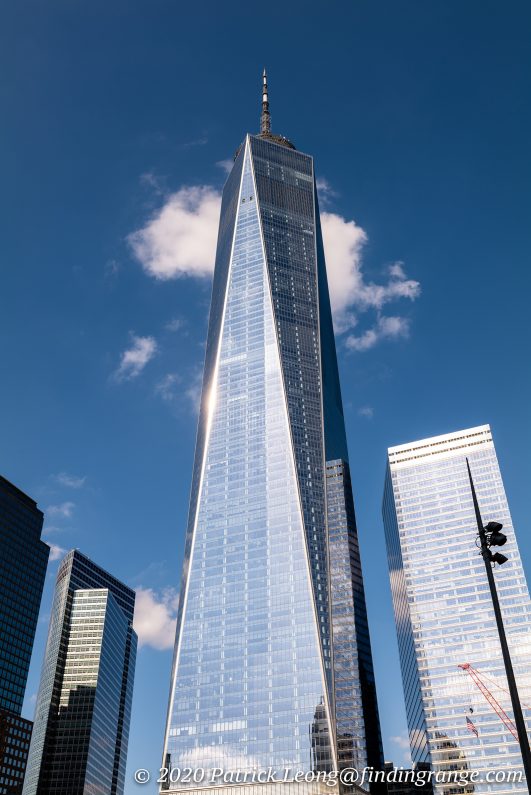
↑ This was taken at f8 using 100 ISO.
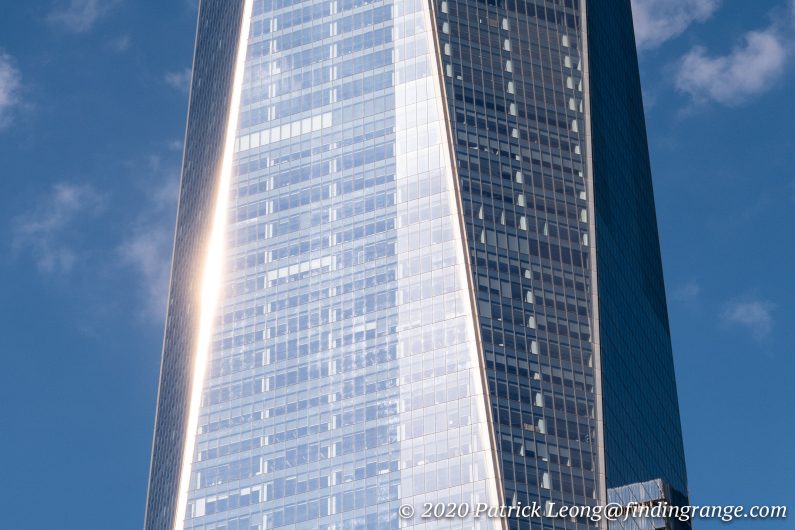
↑ Here’s a 100% crop of the photo above.
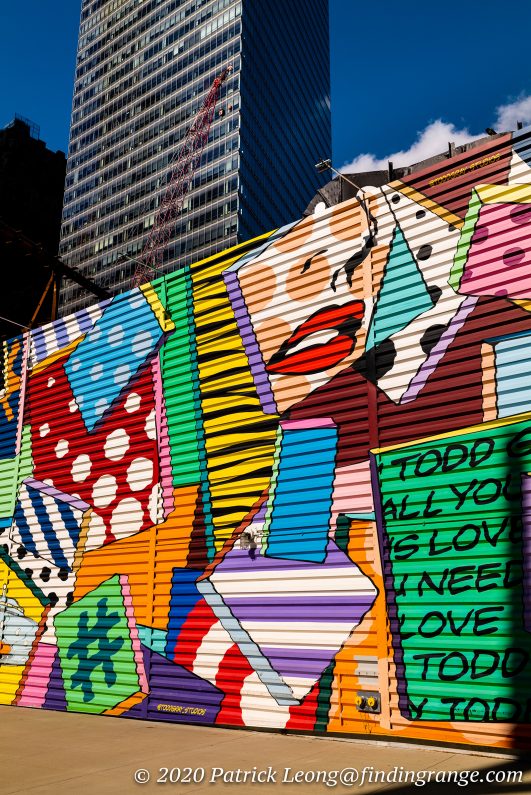
↑ Here’s another taken at f8 using 100 ISO.
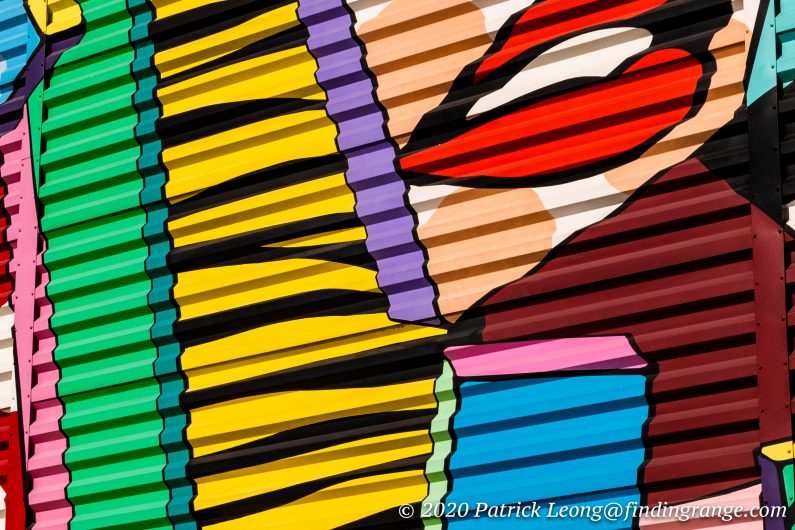
↑ Here’s a 100% crop of the photo above.
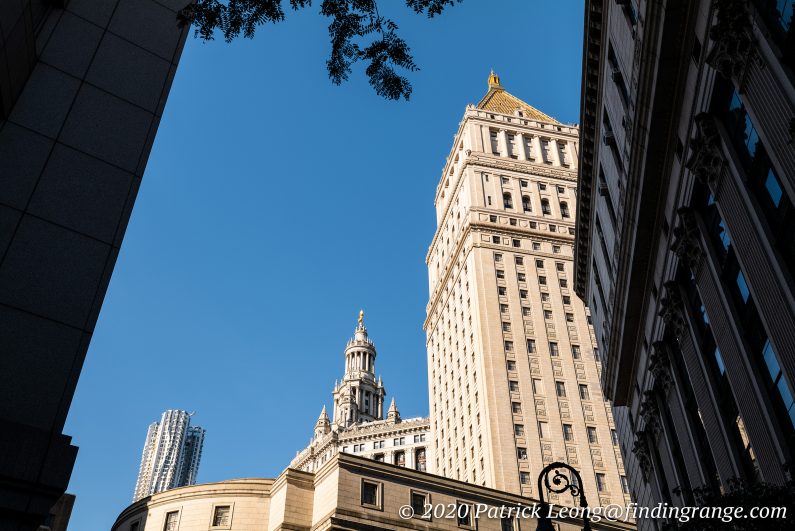
↑ This was taken at f8 using 160 ISO.
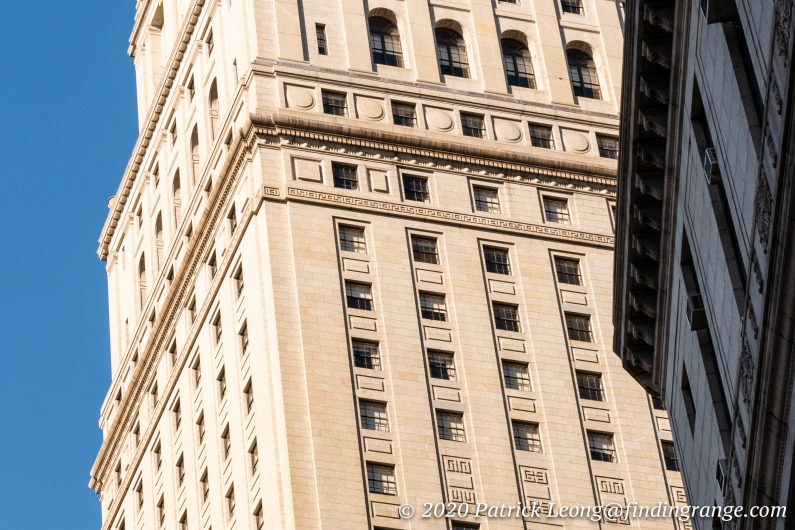
↑ Here’s a 100% crop of the photo above.
The 35mm f1.4 has other great features as well, such as, excellent color and contrast. There’s really nice “pop” in the photos even when shooting at smaller apertures. In other words, there’s nice depth in the photos making them feel more alive to me. The lens does vignette at f1.4. It’s not an ugly vignette though; in fact, I feel like it adds a bit to the pictures. It’s also greatly reduced by f2. By f2.8, it’s pretty much gone. As for flare, I did not notice any while I was using it. I was shooting under normal conditions though as oppose to purposely trying to make the lens flare.

↑ Here’s a shot from the Sigma 35mm f1.4 taken with 800 ISO and the lens set at f4.5.
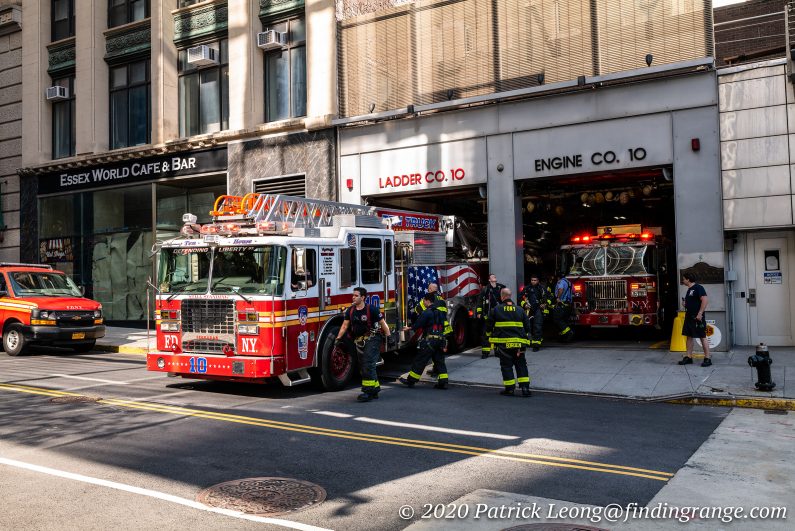
↑ This was taken using 640 ISO and f7.1.
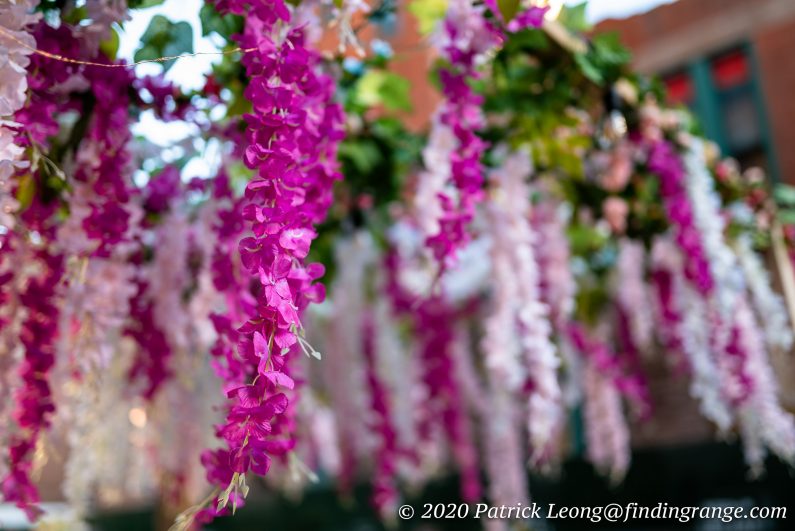
↑ Here’s a shot taken at f1.4 using 100 ISO.
Overall, the 35mm f1.4 DG HSM Art lens is a fantastic lens for the L mount system. I have no major complaints, and it produced images that I was very happy with. I will say that I feel the Sigma 35mm f1.2 is an optically better lens but I’m not sure how much of a difference that would really make in the real world. The f1.4 version’s optics are still up there in quality, and so you really have to decide for yourself whether that slightly extra light gathering capability is worth the increase in size and weight…also price. I do love that f1.2 version though ;). But if you value a smaller, and a lighter barrel all while saving a considerable amount of money, your best bet will probably be the f1.4 version.
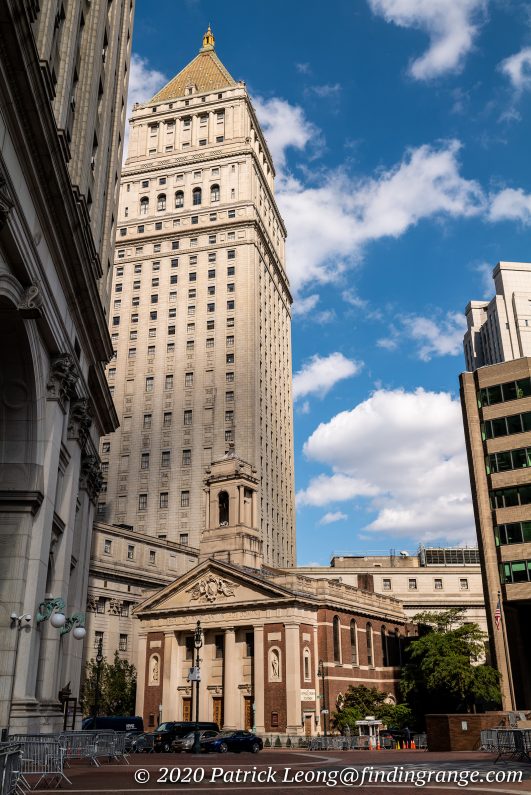
↑ Here’s a photo taken at f8 and 100 ISO.

↑ This photo was taken with 800 ISO. The lens was set at f4.
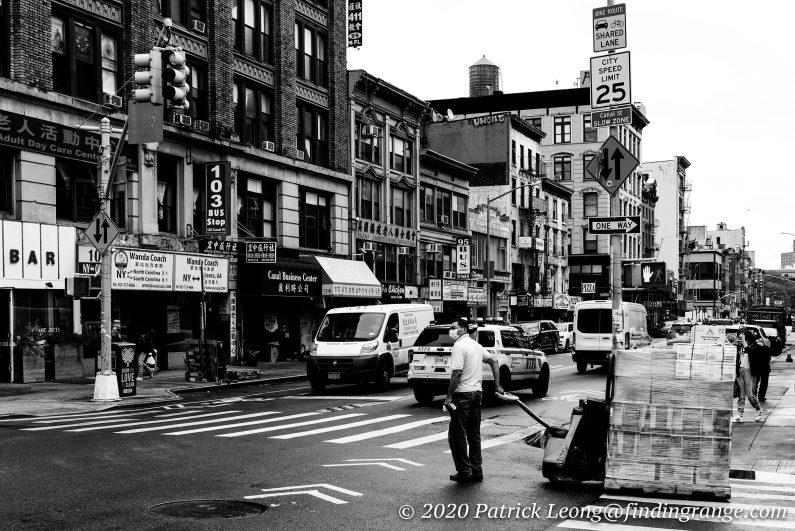
↑ This was taken at f5.6 using 250 ISO.
Sigma 35mm f1.4 DG HSM Art Lens Bokeh:
As for bokeh, the 35mm f1.4 DG HSM Art lens produces beautifully shallow depth of field. I can’t imagine anyone being disappointed because the nine-blade rounded diaphragm helps produce images that are oh so buttery smooth. It’s also worth noting that the high sharpness at f1.4 is a really nice contrast to the ultra smooth bokeh; I really love how this lens transitions from the sharpness of the subject to the beautifully blurred background. As I said before, the vignette at f1.4 also seems to add to the look of the photo as opposed to taking away from it.
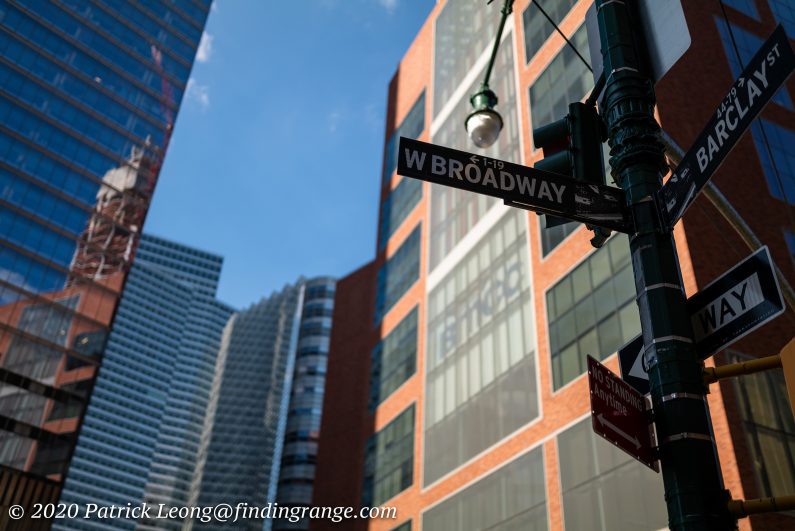
↑ This was taken with the Sigma 35mm at f1.4 using 100 ISO.
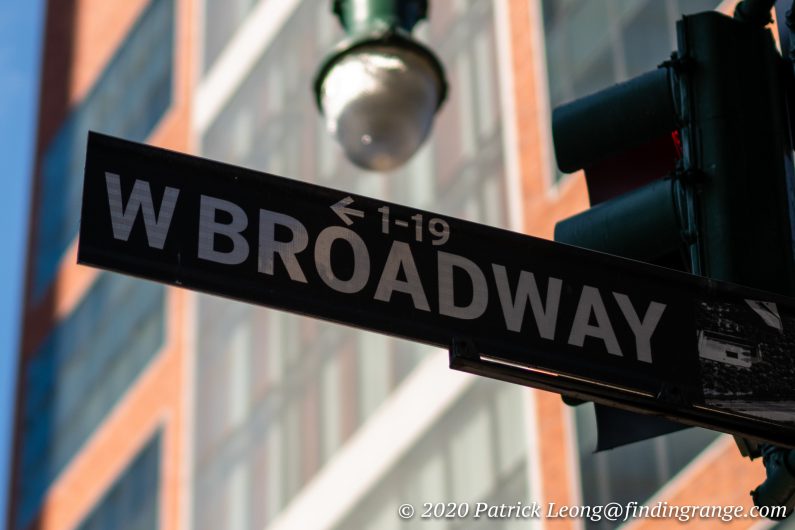
↑ Here’s a 100% crop of the photo above. Notice how sharp it is at f1.4.
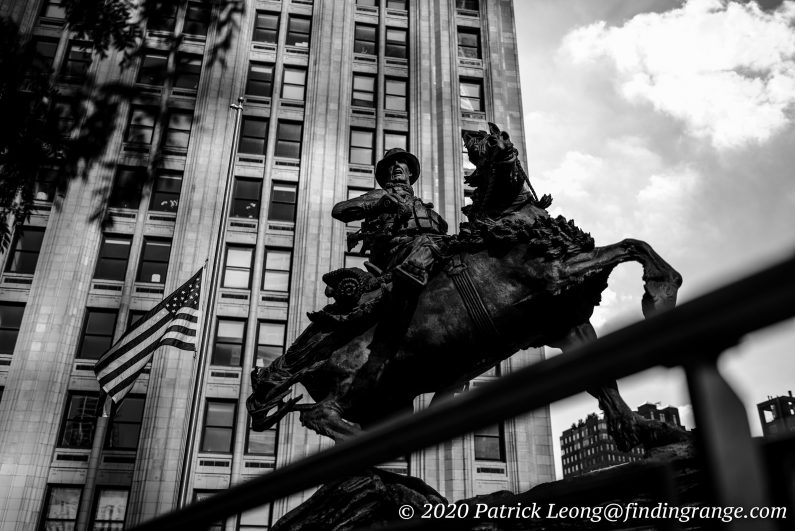
↑ Here’s a shot taken at f1.4 using 100 ISO.
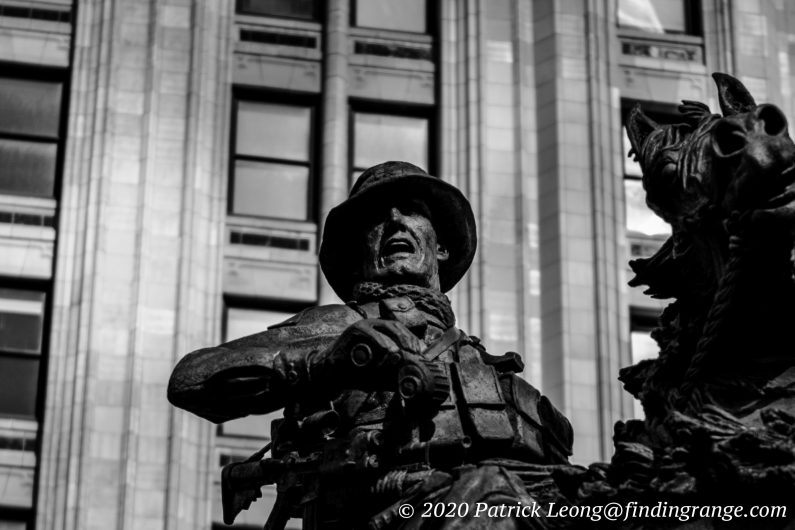
↑ Here’s a 100% crop of the photo above.
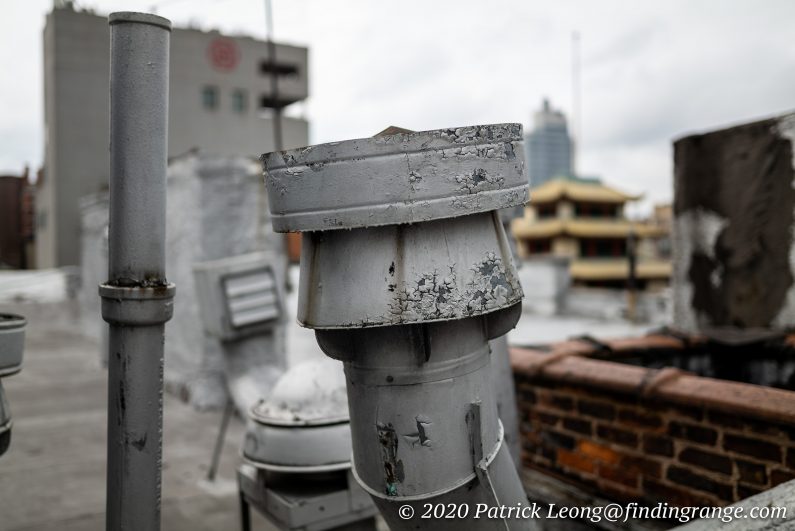
↑ This was also taken at f1.4 using 100 ISO.
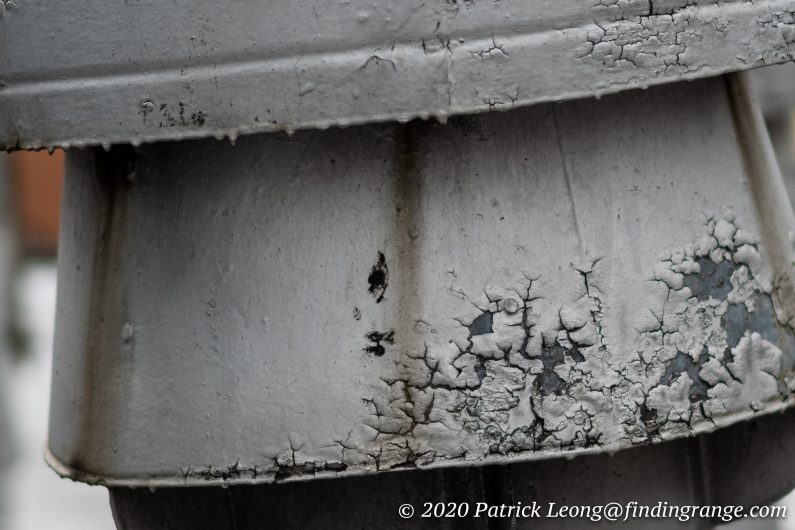
↑ Here’s a 100% crop of the photo above.
It’s not always easy to schedule shoots these days, so unfortunately, I did not do any portraits with this lens. I mentioned in my first impressions post of this lens that I would try to, and I did schedule a street fashion shoot but it was canceled last minute. For those who are thinking about purchasing the Sigma 35mm f1.4 for environmental portraiture or street fashion though, I doubt you’ll be disappointed. It would be fantastic for that type of photography.
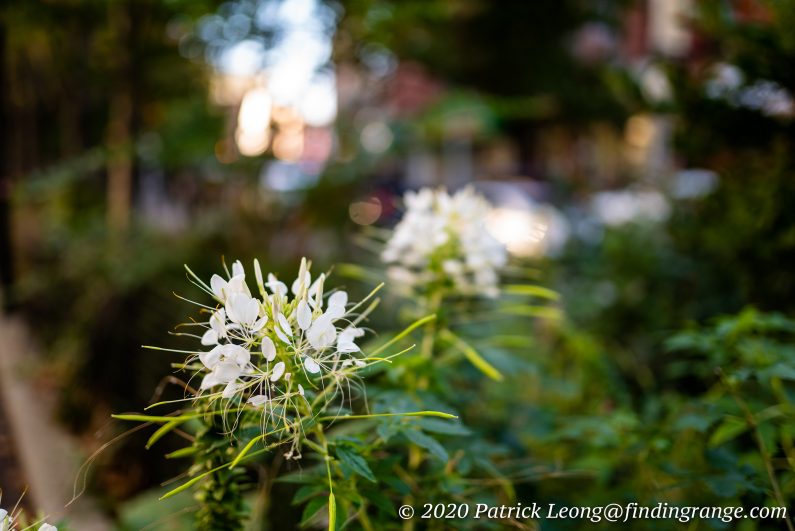
↑ Here’s a shot taken at f1.4 and 100 ISO.
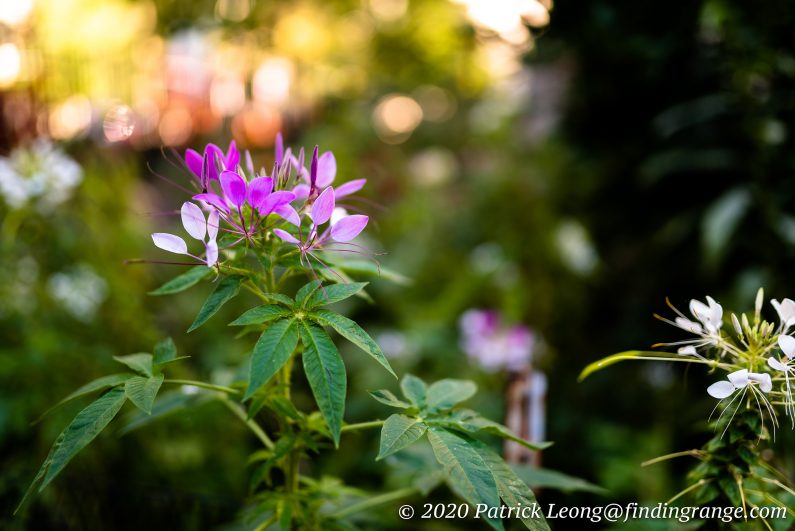
↑ Here’s another bokeh shot taken at f1.4. This time, I used 200 ISO.
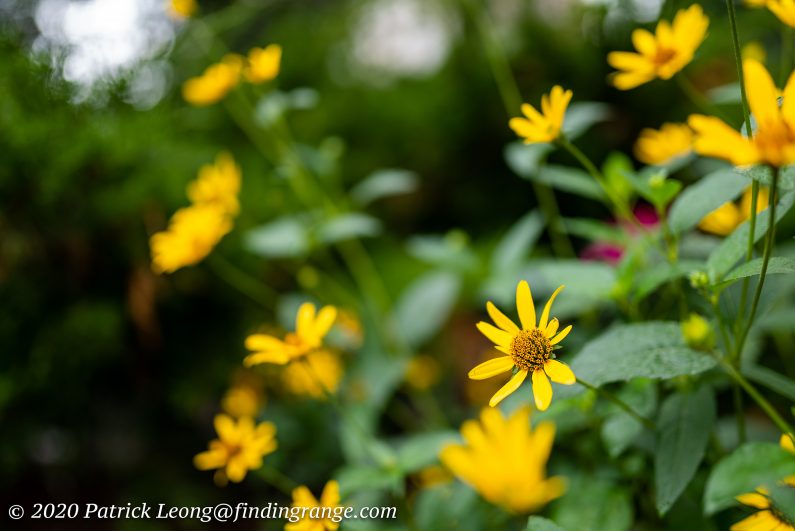
↑ Here’s one taken at f1.4 using 100 ISO.
Sigma 35mm f1.4 DG HSM Art Lens Pros And Cons:
Sigma 35mm f1.4 DG HSM Art Lens Pros:
- Great build quality.
- Considering it’s autofocus, has great optics, and a large maximum aperture, the 35mm f1.4 lens isn’t that large and heavy.
- Only a slightly smaller max aperture than the 35mm f1.2 but considerably more compact, lighter, and cheaper.
- Weather and dust sealed.
- Full-time manual focus override.
- Excellent image quality.
- f1.4 aperture.
- Beautiful bokeh.
- Great price.
Sigma 35mm f1.4 DG HSM Art Lens Cons:
- Some vignetting at f1.4.
- I had an issue when my SL2 was in AF-C mode.
Sigma 35mm f1.4 DG HSM Art Lens Verdict:
Sigma keeps making lenses that I just love to shoot with, and the 35mm f1.4 DG HSM Art lens is clearly no exception. It’s made well, it’s relatively compact (considering the the build, image quality, autofocus, and max aperture), and it has a large maximum aperture all while being priced at what I consider a very reasonable amount.
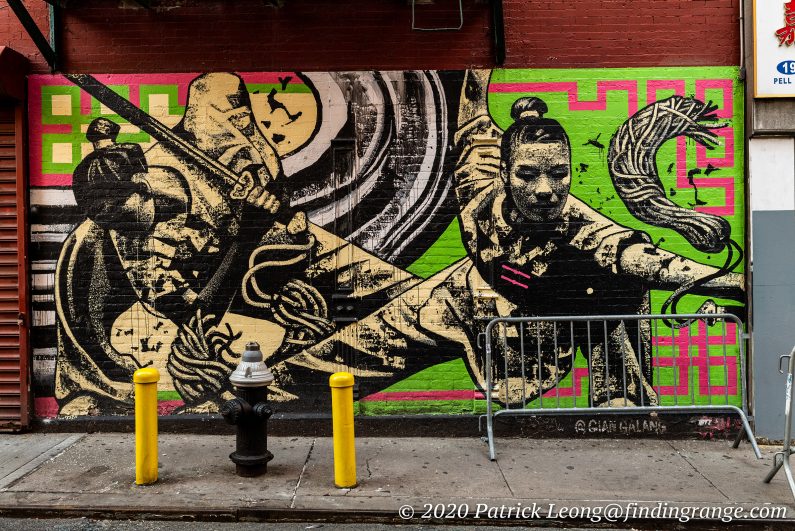
↑ This was taken at 1000 ISO using f4.
This lens isn’t perfect, of course. I had an issue using AF-C mode, and there is some vignetting at f1.4. However, none of these are deal breakers to me. The pluses, which I mentioned above, completely outweigh any negatives for me.
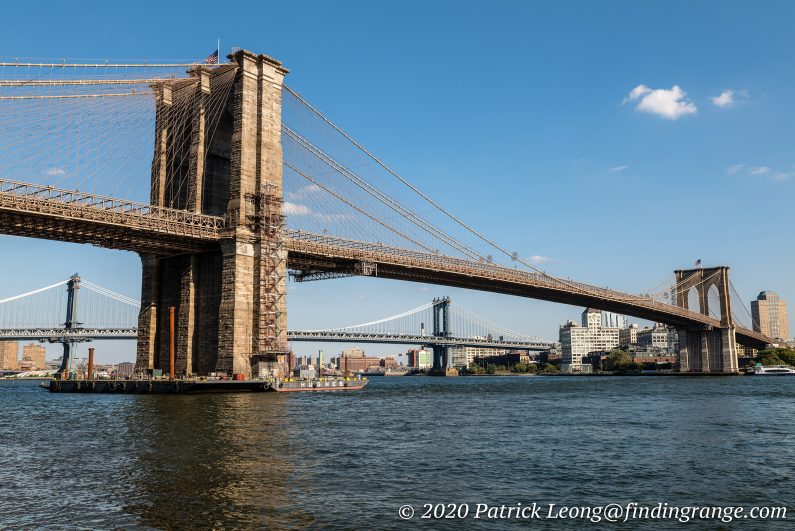
↑ Here’s a photo of the Brooklyn Bridge from the Sigma 35mm f1.4 taken at f8 using 100 ISO.
For those who have been on the fence about spending over $5,000 for the APO-Summicron-SL 35mm f2 ASPH, this might just be the alternative for you. I mean, it’s $899 before any rebates :)! It’s also a Sigma Art Series lens, so you can bet the image quality is going to be excellent. Furthermore, you’re gaining a stop over the Summicron, and as I mentioned in this review, they’re very similar in both size and weight.

↑ Here’s another wide open shot taken with 100 ISO.
I must admit that even I’m considering the Sigma 35mm f1.4 DG HSM Art lens. I love what this lens produces, and while I am a huge Leica fan, I just can’t see myself going for the Summicron. Trust me, I’ve been tempted by it many times ;). There’s no doubt that the Summicron is a superb lens but that’s a huge amount of money for a lens I know I won’t use a lot, since I’m not really a 35mm kind of guy. As many of you know from my Instagram posts, I’m mainly a 50mm user but there are those rare occasions where a 35mm, especially a fast one, would come in handy for me. f2 sometimes just doesn’t cut it for the type of photography that I do as well. To be able to get this lens for $800 or $900 (depending if I get it with rebate or not) makes it extremely tempting considering the value here, and the quality that it produces.

↑ Heres a shot from the Sigma 35mm taken at f8. I used 125 ISO here.
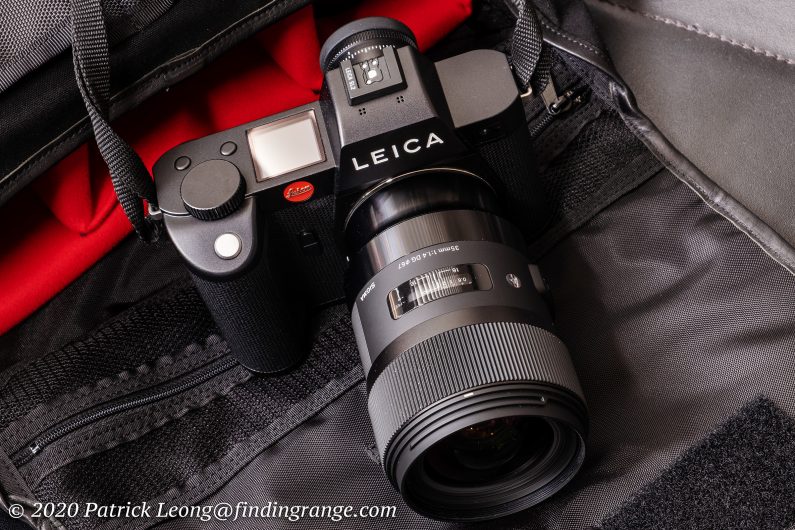
↑ One more shot of the Sigma 35mm f1.4 attached to the SL2.
So, do I recommend it? You bet I do! If you’re in the market for something that’ll just wow you in the image quality area all while also having pro features for a price that’s actually quite reasonable, this may just be the 35mm lens for you. I can’t recommend this lens enough.
Thanks for taking the time to read my review! If you’re considering purchasing the Sigma 35mm f1.4, and my review helped you decide, please help support this site by purchasing from the links below or any mentioned in this review. It will not cost you anything extra. Thank you for your support!

